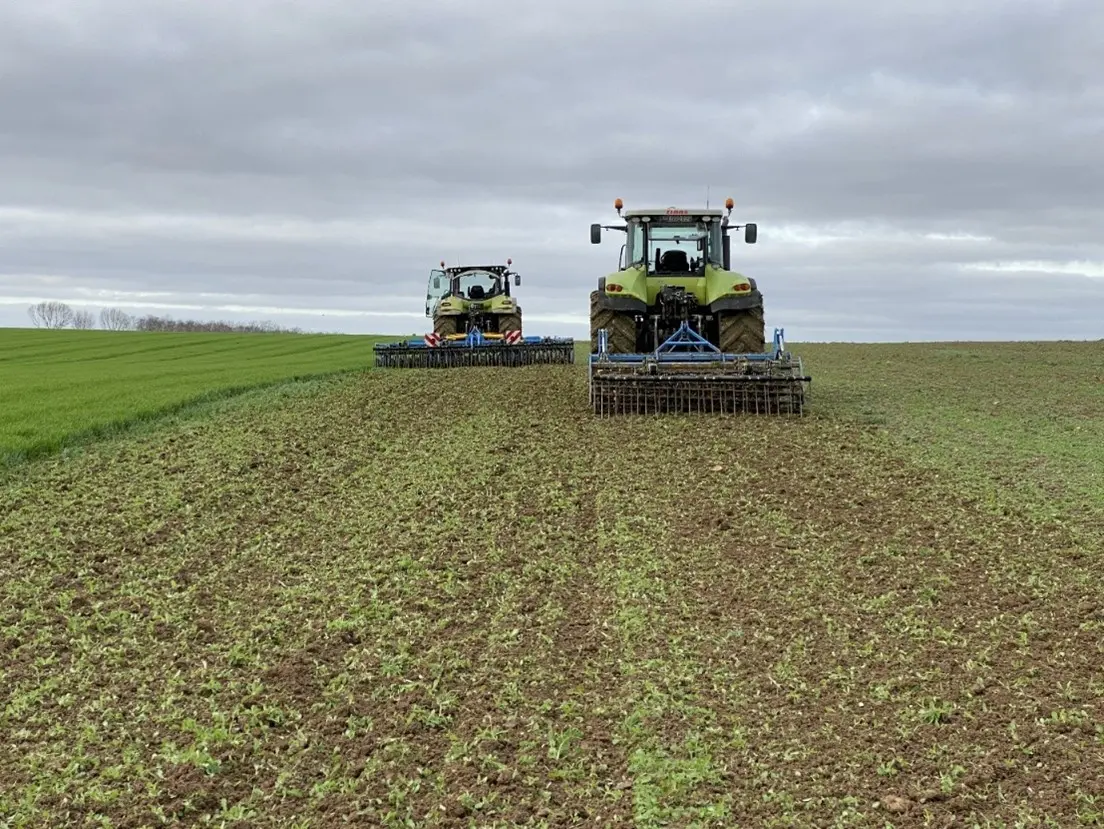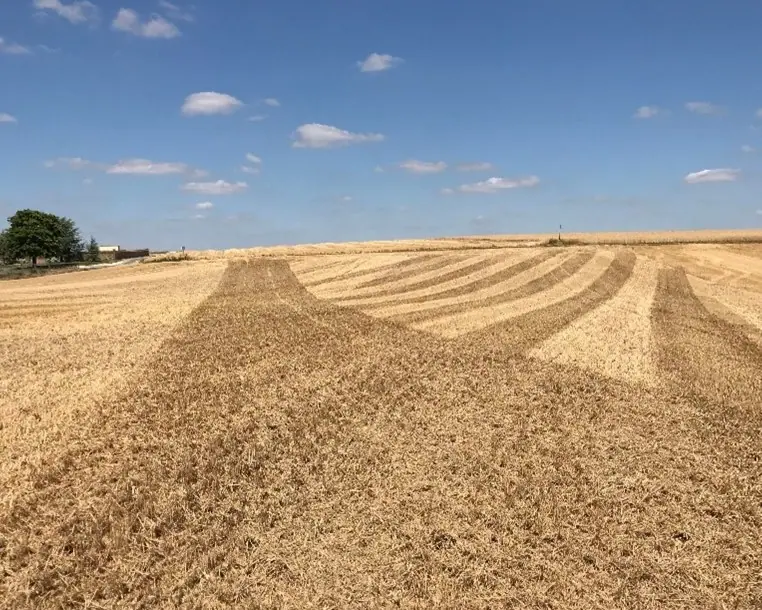When should mulching be used in agriculture?
Mulching in agriculture has many benefits and enhances the value of farmers’ soil. To find out more about this technique, read our article on how mulching works.
There are several ideal times to mulch field crops to keep the soil alive and fertile, while protecting it from the vagaries of the weather.
So, when should you mulch your crops?
The best times of year to mulch
Mulching can be carried out at several key times during the year. Depending on the period chosen, the objective of this technique will not be the same.
Mulching at the end of winter and spring
At the end of the winter, after the green manure or plant cover has been destroyed, mulching with a Stell’Air type disc tool slightly warms the soil while blowing it away.
The plant residues are then returned to good decomposition conditions, so that nutrients can be restored for subsequent sowing.


Summer and autumn mulching
After the harvest in summer or the maize harvest in autumn, it is essential to remove crop residues. Mulching enables the residues to break down more quickly, leading to more effective mineralisation and therefore faster release of fertilising elements. Leaving them undisturbed could hinder subsequent work or lead to the appearance of diseases and parasites in the soil. This action also makes it possible to carry out false seeding, which will clear the plot of weeds without the need to use chemical products.
At these times, mulching helps to restructure the soil by breaking up the crust caused by rainfall and the use of tools. Air/water exchanges are then facilitated by very shallow tillage that does not mix the horizons.
THE ACTISOL ADVICE: plant cover after a late maize harvest is relatively difficult to establish because its development is slowed down. This results in fewer benefits in terms of carbon restitution and nitrogen fixation. ARVALIS carried out a comparative study between mulching and planting a cover crop at this time. Mulching was shown to be just as effective as a cover crop against erosion. It also allows more carbon to be sequestered and returns 1600 to 2000 kg/ha of organic matter. As far as nitrogen is concerned, both techniques trap as much as the other. Finally, the shredded residues provide macrofauna with a food reserve. So many benefits for your soil with mulching.
Unfavourable conditions for mulching
Although mulching can be carried out at various times of the year, certain conditions are not conducive to this technique.
In wet weather on poorly drained soil
Mulching in very wet weather and on waterlogged soil is counterproductive. Working on soil that has not dried out damages the first horizon and leaves large clods on the surface, especially on clay soil. This can also lead to unwanted compaction in the subsoil (or even a footing) due to the passage of the tractor plus tillage equipment.
It is therefore preferable to ensure that the water present has had sufficient time to infiltrate, particularly in autumn and winter.
The Actisol team of experts at your service
Adopting the right technique, in the right place, at the right time requires precise know-how. At Actisol, our specialists are on hand to give you all the information you need.
There’s bound to be a piece of agricultural equipment in our range that will meet your expectations, and our team will give you all the information you need. So don’t hesitate to contact us now.


